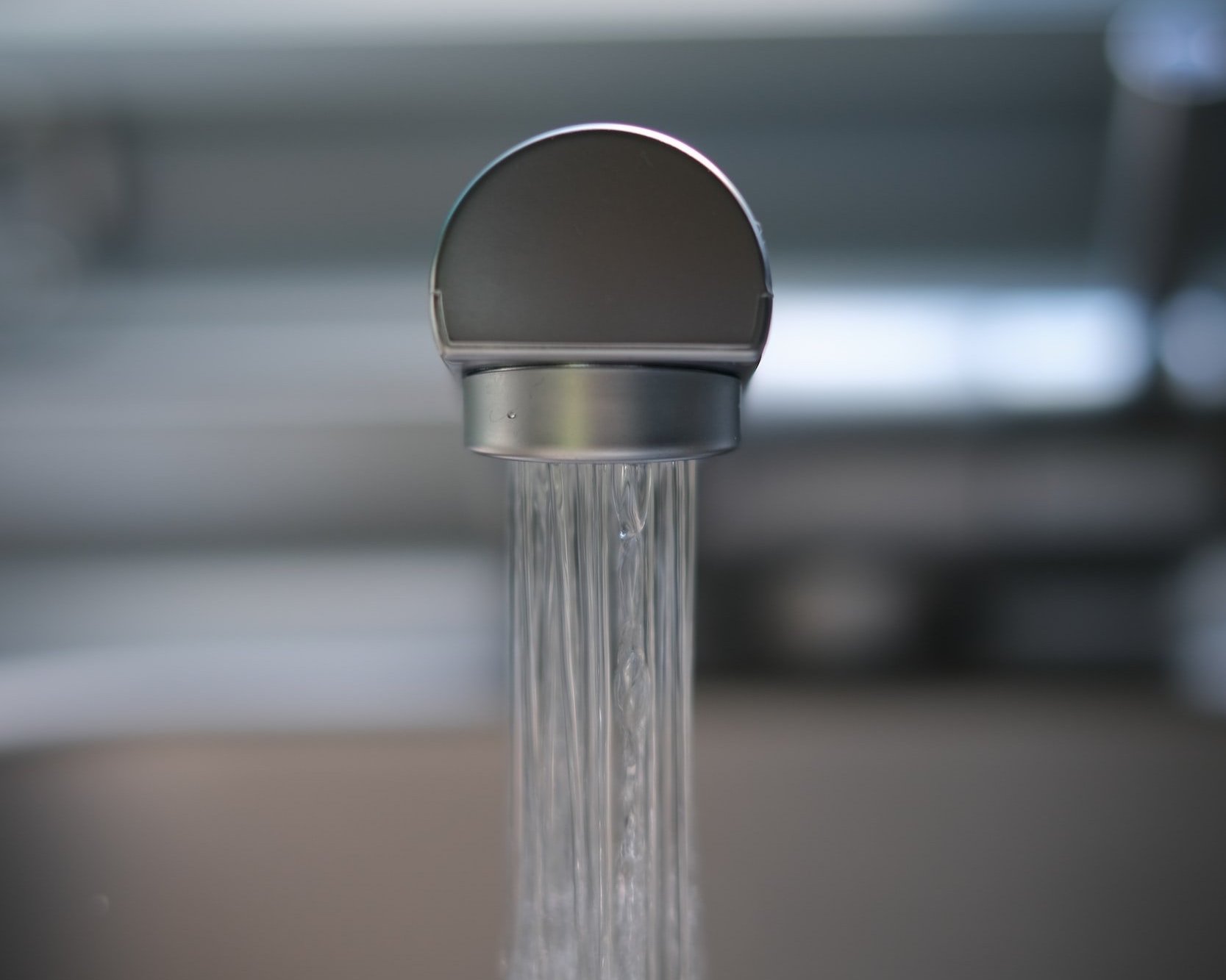What's Wrong with Bottled/Tap Water?
With awareness of the environmental impact of plastic bottles increasing, more and more people are now questioning the advantages of tap water over bottled water. Some people may wonder which option is safer, or which tastes better. However, there is also a range of other factors to consider when choosing between bottled water and tap water.
Tap water can contain microorganisms like bacteria or parasites that can make you sick. However, it all depends on the source from which the tap water comes and a region.
Tap water also contains:
Chlorine is deliberately added to the water supply to kill germs and pathogens, but when it mixes with other organic compounds it can create a few harmful byproducts.
Limescale is the chalky deposit made up of calcium and magnesium carbonate formed when hard water (i.e. water with high dissolved mineral content) is heated.
Fluoride can occur naturally and there are maximum levels allowed in mains water, though in some regions fluoride is added to municipal water supplies.
Lead is highly poisonous and may be absorbed into water from old lead piping on its route to your home.
Microplastics. Plastic microfibres have been found to contaminate 72% of tap water samples in European nations, including the UK.
Harmful Bacteria / Parasites. In theory, the treated water coming from your supplier should be completely free of harmful viruses or pathogenic bacteria and mains water is routinely tested by law to make sure that none are present. However, outbreaks of microscopic parasites do occasionally occur.
Your Bottled Water Probably Doesn’t Come From Where You Think it Does
While bottled water is often depicted as being higher quality than tap water, the fact is that in many instances bottled water is glorified tap water. While some manufacturers put their water through additional filtering before bottling it, many do not and simply charge for the packaging. One of the primary reasons consumers continue to purchase bottled water regardless of the potential environmental impact is due to a perception that bottled water is higher quality, more pristine water; and there is a reason for this misconception. Most advertisements for bottled water depict a fresh stream or mountain spring in order to make it seem like their bottled water is purer than tap water or other brands of bottled water. However, water that is bottled from special springs is rare, and the fact is that most bottled water comes from the tap. In fact, an estimated 25 percent or more of bottled water is really just tap water in a bottle—sometimes further treated, sometimes not.
WHY BOTTLED WATER IS ONE OF THE BIGGEST SCAMS OF THE CENTURY
Bottled water is a billion-dollar industry! Not only is (bottled water) a clear waste of resources (only 20 percent of plastic water bottles used in the United States are recycled…) it’s an incredible waste of money for consumers, who pay more than the price of gasoline for water that’s marketed as “pure,” but in reality is largely unregulated, full of harmful toxins like BPA, and far less safe for drinking than free tap water. (In fact, 40 percent of the time, bottled water is nothing but municipal tap water, freed from the government oversight that keeps it safe.)
The primary risk associated with drinking bottled water is the fact that you can be exposed to harmful toxins from the plastic. ... BPA and other plastic toxins can then make their way into your bloodstream, which can cause a host of problems including various cancers as well as liver and kidney damage.
Chemicals found in bottled water:
Coliform are rod-shaped bacteria that are often found in the intestinal tract.
Arsenic is a type of poison and a known human carcinogen. Arsenic consumption can lead to a variety of serious health problems.
Iron is a metallic element. While the body does need some iron to function properly, excessive iron consumption can lead to a variety of health problems.
Nitrate is a common ingredient found in fertilizers. It often pollutes drinking water sources throughout the nation — including the drinking water sources from which bottled water companies get their water. Nitrate poses a variety of health risks, especially for infants.
Bisphenol-A, also known as BPA, is a chemical that is added to clear plastics. It’s found in many plastic water bottles, as well as food storage containers, baby bottles, and other containers.
Fluoride is present in many brands of bottled water. Fluoride is a potent chemical that can strengthen the teeth and kill of microbes that may increase one’s risk of developing cavities.
Perhaps the most concerning thing about bottled water that has come to light in recent years is that drinking bottled water can put people at risk of consuming microplastics. Microplastics are small pieces of plastic. Not only does bottled water absorbs some of the chemical compounds in the plastic bottle, but recent studies suggest that that plastic itself can be present in the water consumers drink.
Here's what's in your bottled water
watch this video
WHAT’S THE SOLUTION? KANGEN WATER
So, what does this have to do with Kangen Machines? By investing in a Kangen Water ionizer for your home, you and your family eliminate the need to purchase plastic water bottles, house-hold cleaners and toiletries.
In addition to the environmental risks of bottled drinking water, we now know that both tap water and bottled drinking water contain dangerous microplastics, which can build up in the body and lead to health problems. Kangen Water machines filter all particles 0.5 micron or larger. For context, the average diameter of human hair is roughly 0.0035 inches in diameter, which is equivalent to 75 microns.


